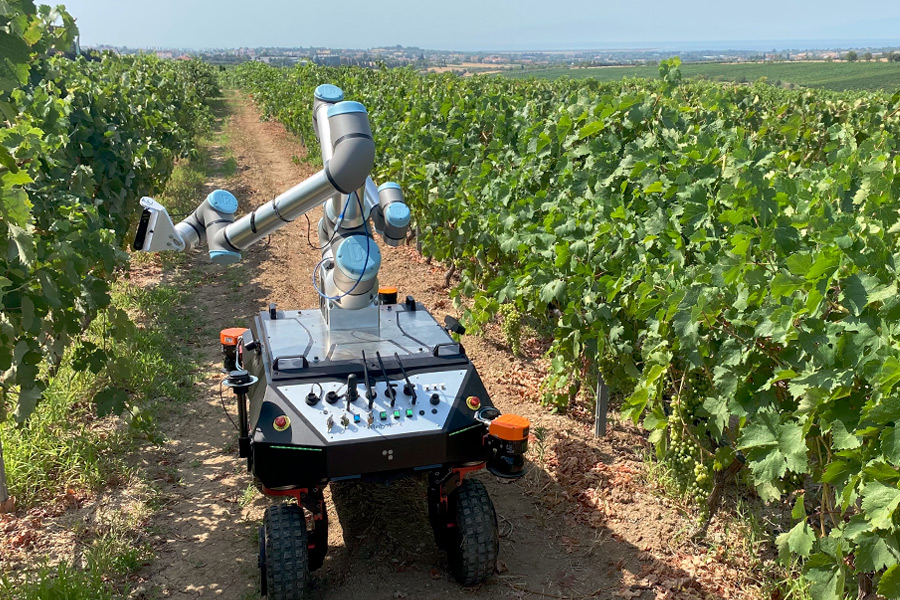Title:Embracing the Future: Robotics and Automation
Title:Embracing the Future: Robotics and Automation
First of all, Automation and robotics have become disruptive technologies in a number of industries in recent years, changing the way we work, create, and engage with our surroundings. Investigating the field of robotics and automation as a BTech student starting a capstone project provides an exciting look into the direction engineering is heading. We'll explore the ever-changing field of robotics and automation in this blog, looking at its developments, uses, and promising future prospects.
Robotics and automation involve the design, creation, and operation of machines capable of performing tasks autonomously or semi-autonomously. Robotics encompasses the study of robots, which are programmable devices that can manipulate objects or environments.
Automation, on the other hand, refers to the use of technology to perform tasks without direct human intervention. These fields play crucial roles in various industries, enhancing efficiency, precision, and safety in processes ranging from manufacturing to healthcare and beyond.
Applications in a Variety of Industries: Robotics and automation have found extensive use in a variety of industries, including manufacturing, healthcare, and agriculture. Automated assembly lines and robotic arms in manufacturing simplify production procedures, boosting accuracy and efficiency while cutting expenses. Surgical robots let doctors carry out intricate operations with the utmost precision and minimally intrusive methods. Autonomous drones and robotic harvesters are revolutionising agricultural planting, monitoring, and harvesting practices in agriculture as well, increasing crop yields and sustainability.
Advance Fostering Innovation: Thanks to developments in a number of fields, including artificial intelligence, machine learning, and sensor technology, the field of robotics and automation is always changing. Modern robots are more than simply mechanical devices; they are intelligent beings with the ability to learn from their surroundings, adjust to changing circumstances, and work in tandem with people to complete challenging tasks. The only things stopping us from creating intelligent robots with human-like ability or driving self-driving vehicles through congested areas are our creativity and inventiveness.

Opportunities and Challenges: Automation and robotics have enormous potential benefits, but there are drawbacks as well that need to be considered. Regulatory frameworks are necessary to assure safety and accountability, ethical concerns over AI, and job displacement are just a few of the difficulties that face the broad deployment of these technologies. Nevertheless, these obstacles may be resolved and a wealth of potential customers for innovation, economic expansion, and improved society can be unlocked with the right preparation, investment, and teamwork.
To sum up, automation and robotics represent a paradigm change in engineering and provide revolutionary answers to some of the most important problems confronting humanity. We have the chance to lead this change as BTech students by using our abilities, expertise, and inventiveness to push beyond the limits of what is attainable. We can steer towards a more efficient, sustainable, and fair world for future generations by embracing the future of robotics and automation.

Comments
Post a Comment